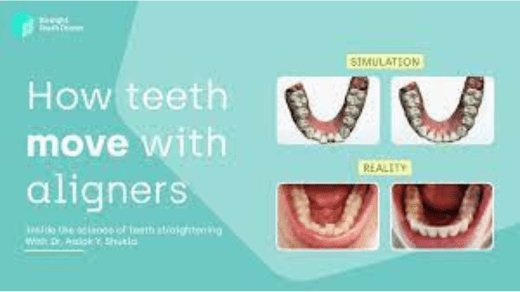Creating clear aligners, which are typically used in orthodontic treatment to straighten teeth, is a complex and highly specialized process that requires professional expertise and specialized equipment. Clear aligners are custom-made for each patient, and the process involves careful planning, digital technology, and 3D printing. Here’s an overview of how clear aligners are made by professionals:
1. Initial Consultation:
- The process begins with an initial consultation with an orthodontist or dentist. During this consultation, the orthodontist assesses the patient’s dental condition and discusses treatment options, including the potential use of clear aligners.
2. Dental Impressions or Digital Scans:
- If clear aligners are deemed appropriate, the orthodontist will take dental impressions using traditional molds or more commonly, digital scans. Digital scans provide highly accurate 3D models of the patient’s teeth and are more comfortable for the patient.
3. Treatment Planning:
- Orthodontists use specialized software to create a digital treatment plan. They use the initial scans to create a series of aligners that will gradually move the patient’s teeth into the desired position. The software allows them to predict the progression of tooth movement.
4. 3D Printing:
- Once the treatment plan is finalized, the digital models are used to 3D print a series of clear aligners. These aligners are custom-made for the patient and are designed to apply precise forces to the teeth to guide them into their desired positions.
5. Quality Control:
- Each set of aligners goes through a quality control process to ensure they meet the orthodontist’s specifications. This may involve inspecting the aligners for accuracy and fit.
6. Delivery to the Patient:
- The aligners are then delivered to the patient, typically in a series of sets. Patients are instructed to wear each set of aligners for a specified period (usually two weeks) before moving on to the next set.
7. Regular Check-Ups:
- Throughout the treatment process, patients have regular check-ups with their orthodontist to monitor progress and make any necessary adjustments to the treatment plan.
8. Completion of Treatment:
- Once the patient has completed the series of aligners and achieved the desired tooth alignment, they may be given a retainer to maintain their results.
It’s important to note that creating clear aligners requires specialized training, equipment, and access to a dental laboratory or 3D printing facilities. The process should only be carried out by licensed orthodontic professionals. If you are considering orthodontic treatment with clear aligners, it is essential to consult with a qualified orthodontist who can assess your specific needs and create a personalized treatment plan for you.




